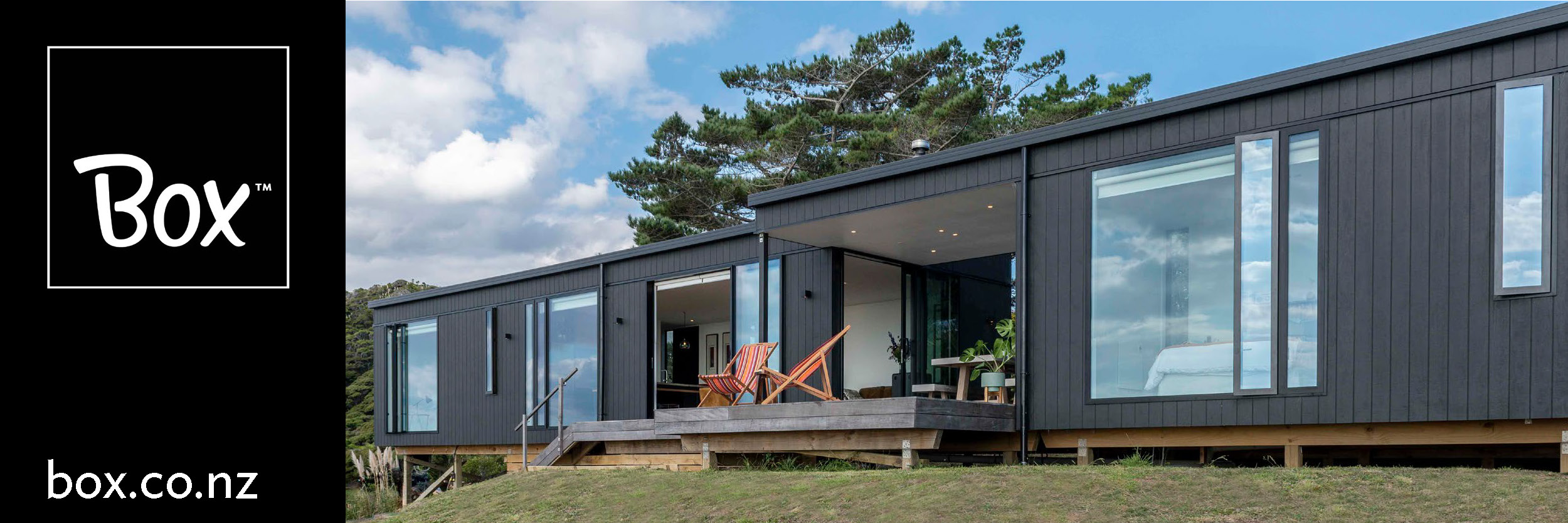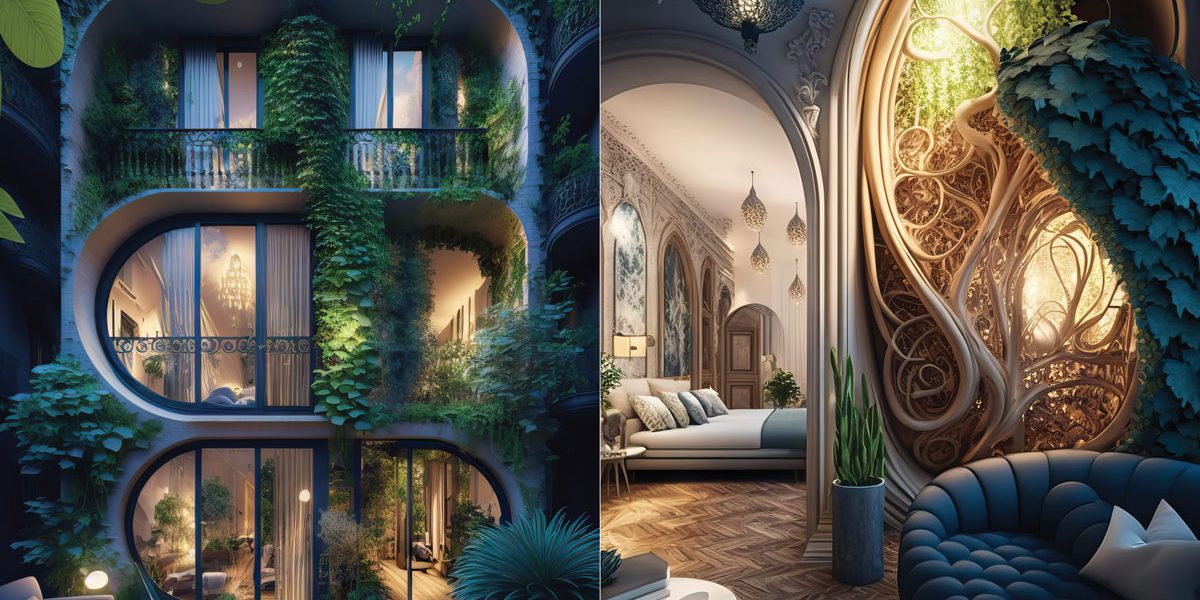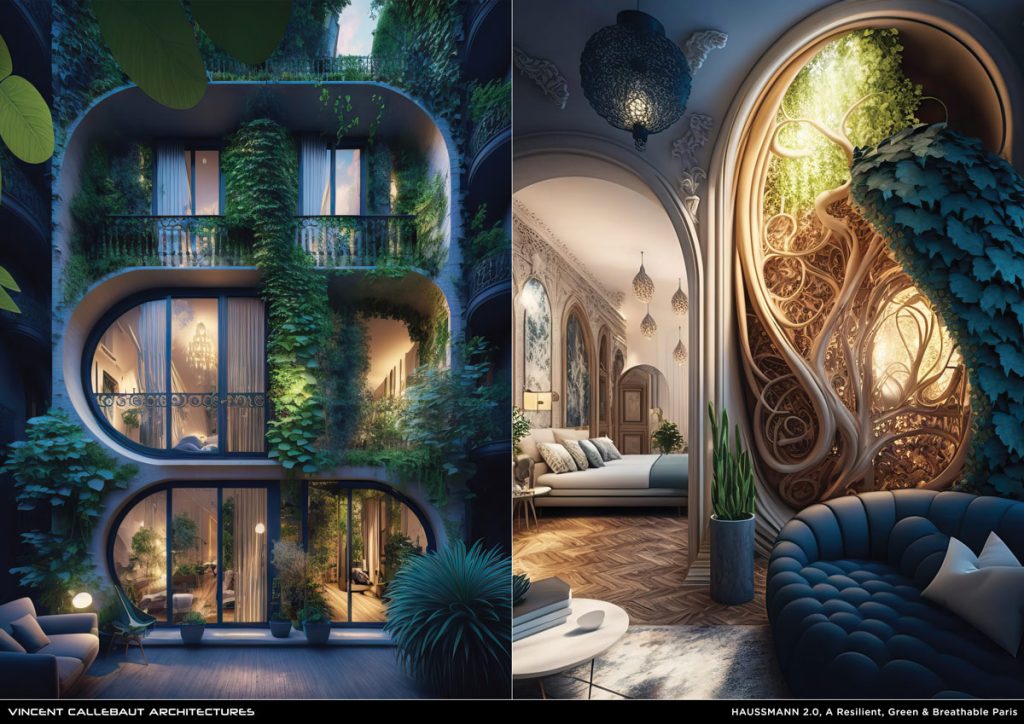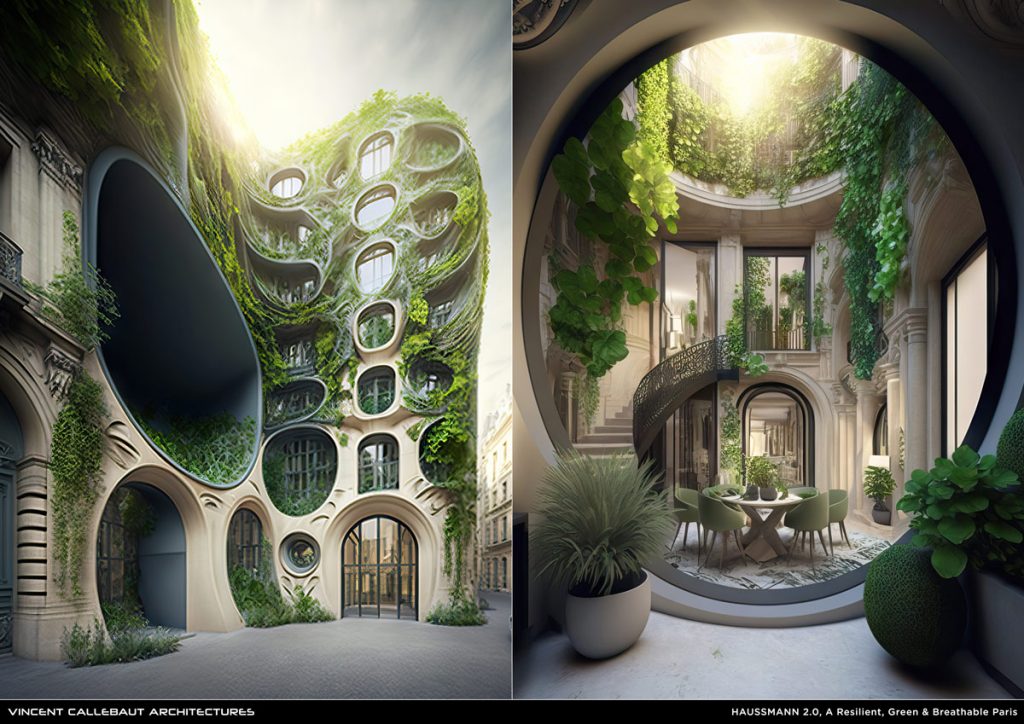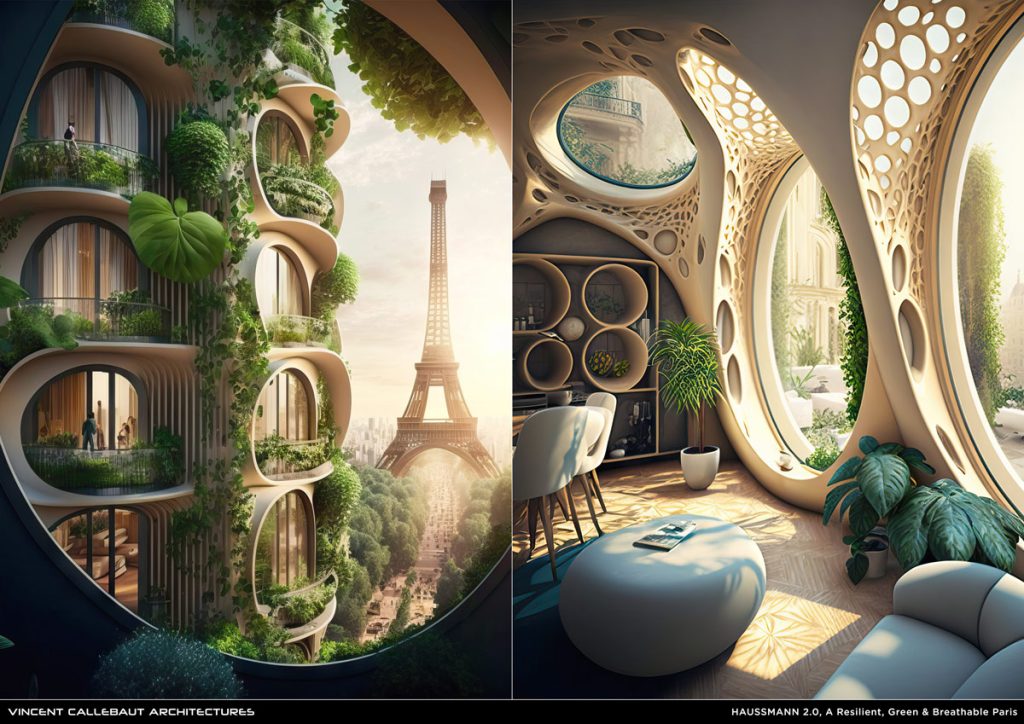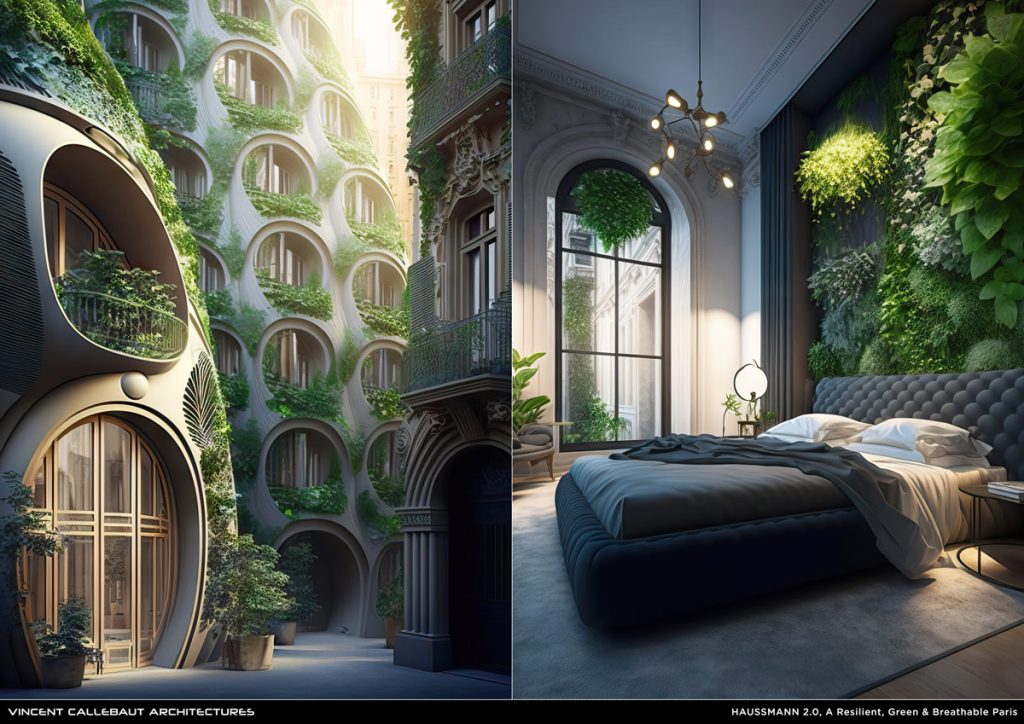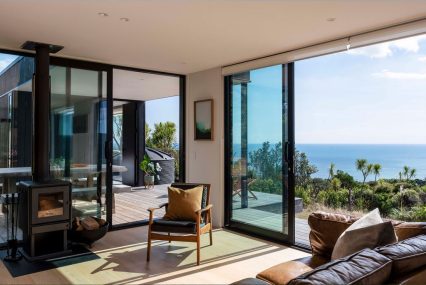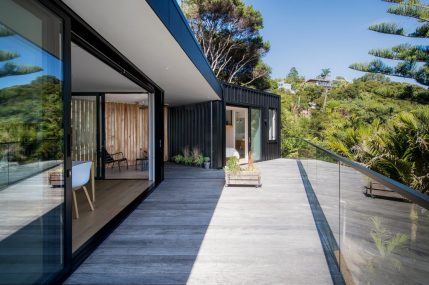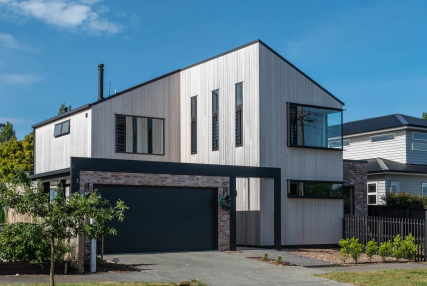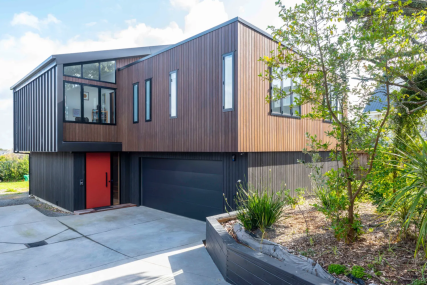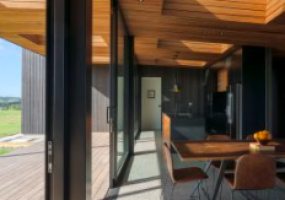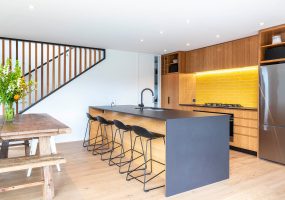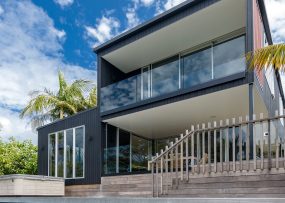The Future of Paris is Bizarre
Epidemics change us and the world we inhabit. Even as we try to do our best to cruise out from under the dark cloud of Covid, we’ll be left with the scars and tweaks it made to our daily lives. Live with them long enough though and they may come to be loved. This was the case with Paris’s iconic look which emerged following the cholera epidemic of 1832 under the direction of Baron Haussmann.
He was inspired by hygienist theories of the time that came via the Enlightenment of the previous era. Under the direction of Napoleon III, he modernised the Paris landscape away from medieval nooks and alleys, to wide open roads and beautiful boulevards. Overlooking them were towering flats that have come to be known as “Haussmannian” buildings. This campaign was entitled “Paris embellished, Paris enlarged, Paris sanitised” and the design decisions Haussmann were made to “aérer, unifier, et embellir” (“air, unify, and beautify”) Paris. As a result, it’s become an iconic walking city, drawing millions from all over the world every year.
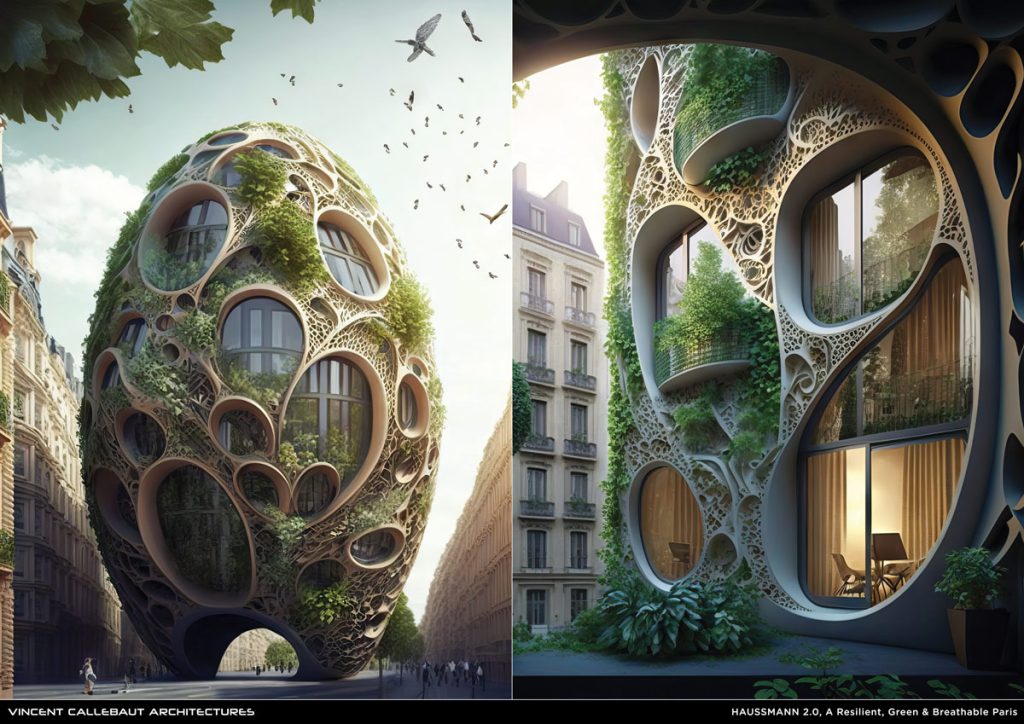
Unfortunately, these classic buildings could only take us so far and are considered energy-intensive by today’s standards. A new plan to reinvigorate Paris once again was initiated in 2014 called “Paris Smart City 2050”. It would pick up where Haussmann left off, creating a livable environment that harmonises not only with people this time, but nature also.
Vincent Callebaut Architectures is using new AI tools to concept what this future may look like. As usual with these sorts of concepts, repatriating nature is coming front and centre alongside biologically fluid designs. Buildings look more like coral reefs than the filing cabinets we’ve neatly folded our lives in until now.
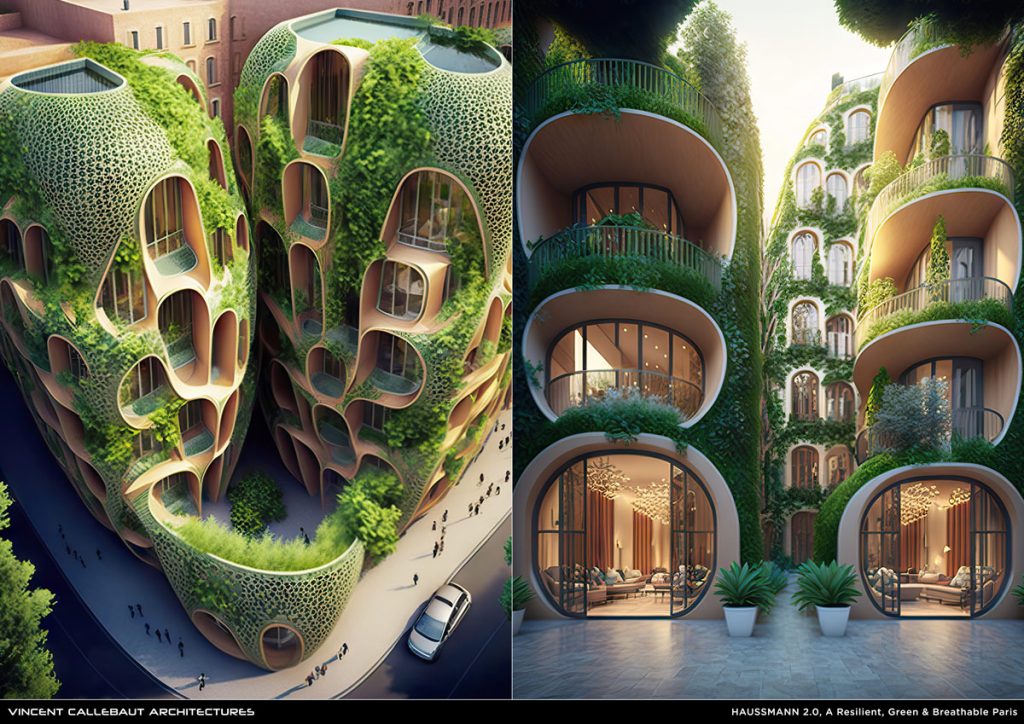
They also plan to use biobased materials like cross laminated timber, rammed earth, hempcrete, solid structural stone, bamboo, microalgae, mycelium, and straw to make these dream buildings a reality. Instead of city blocks, we may instead be looking at what the design company calls “islands of freshness”. This may be what the carbon neutral city of Paris may look like in 2050.
As an aside, do these buildings trigger anyone’s Trypophobia?
